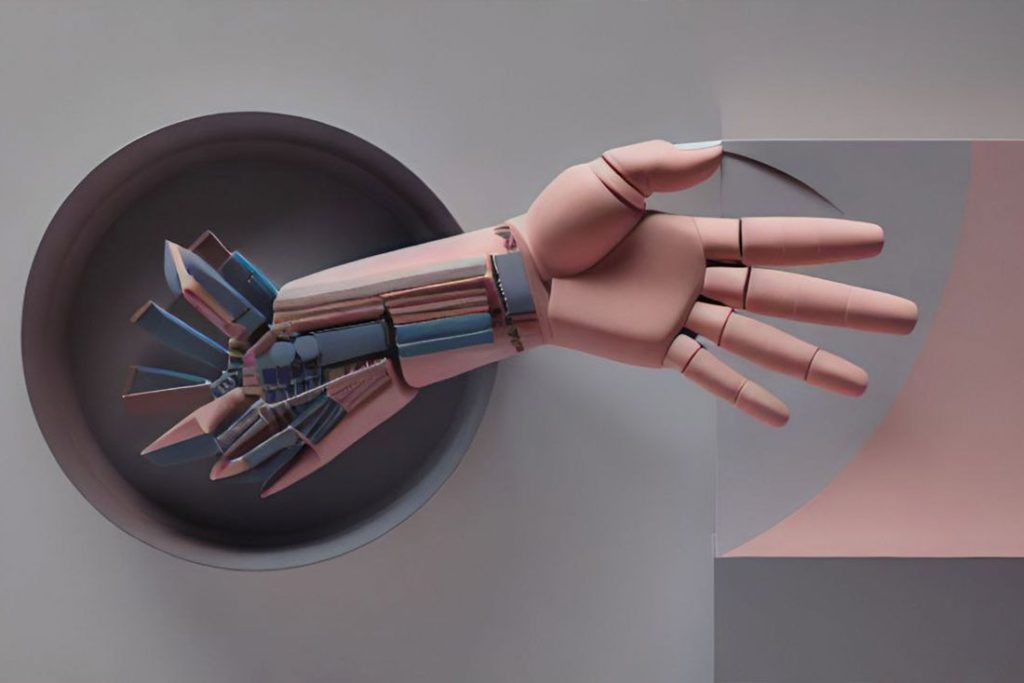Understanding the Complexity of Hand Muscles: An Essential Knowledge for Cosmetologists
The hands, one of the body’s most intricate parts, are central to performing the delicate tasks inherent to cosmetology. Each hand is a complex symphony of small muscles, overlapping from joint to joint, providing the strength and flexibility to open and close the hand and fingers. Given the hands’ vital role in cosmetology, understanding the functionality and care of these muscles is crucial for both the service provider and the client.

Hand Muscles
The Anatomy of Hand Muscles
The hand muscles are categorized into two main groups: extrinsic and intrinsic muscles. Extrinsic muscles, originating in the forearm and extending into the hand through the wrist, are primarily responsible for gross movements, like gripping objects. These are further divided into flexors (helping to bend the fingers and thumb) and extensors (helping to straighten them).
Intrinsic muscles, located within the hand itself, allow for precise, fine movements. These include the thenar muscles (controlling thumb movements), hypothenar muscles (controlling the little finger), and interosseous and lumbrical muscles (controlling the movements of the remaining fingers).

Relevance in Cosmetology
Cosmetologists rely on their hands to perform almost all their services, from hair cutting and coloring to skin care treatments and makeup application. Thus, understanding hand muscle anatomy and functionality can significantly enhance the precision and efficiency of their work.
For instance, the flexor and extensor muscles’ coordination allows cosmetologists to maneuver their tools effectively, whether it’s holding a pair of scissors or applying eyeliner. The intrinsic hand muscles, such as the thenar and hypothenar muscles, facilitate delicate tasks such as facial massages, eyebrow plucking, or applying individual false eyelashes.
Maintaining Hand Muscle Health
Given their extensive usage, hand muscles are prone to fatigue, strain, and overuse injuries. Cosmetologists should incorporate regular hand and wrist exercises into their routine to maintain strength, dexterity, and prevent conditions like carpal tunnel syndrome or tendonitis.
Techniques such as stretching, flexing, and massaging can help relieve tension, improve blood circulation, and promote overall hand health. Furthermore, the usage of ergonomically designed tools can reduce the strain on hand muscles and prevent long-term damage.
The hand muscles are the unsung heroes of cosmetology, enabling professionals to perform their services with precision and skill. An understanding of these muscles, their functionality, and care practices can significantly enhance a cosmetologist’s ability to deliver top-tier services while ensuring their own well-being.
Cosmetologists, by educating themselves about the complexities of hand muscles, can embark on a career path that not only focuses on the beauty and wellness of their clients but also their own physical health, leading to a sustainable, successful career.







